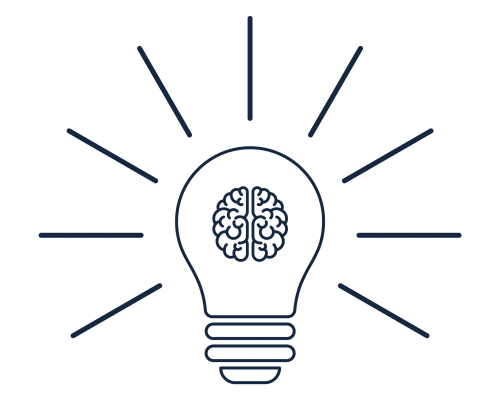Let’s compare paid advertising (like pay-per-click PPC campaigns on Google Ads) with organic growth strategies (such as SEO and content marketing) to see which is more sustainable in the long run. Both approaches are fundamental to digital marketing, but each has distinct strengths and challenges.
What Are Paid Ads and Organic Growth in Digital Marketing?
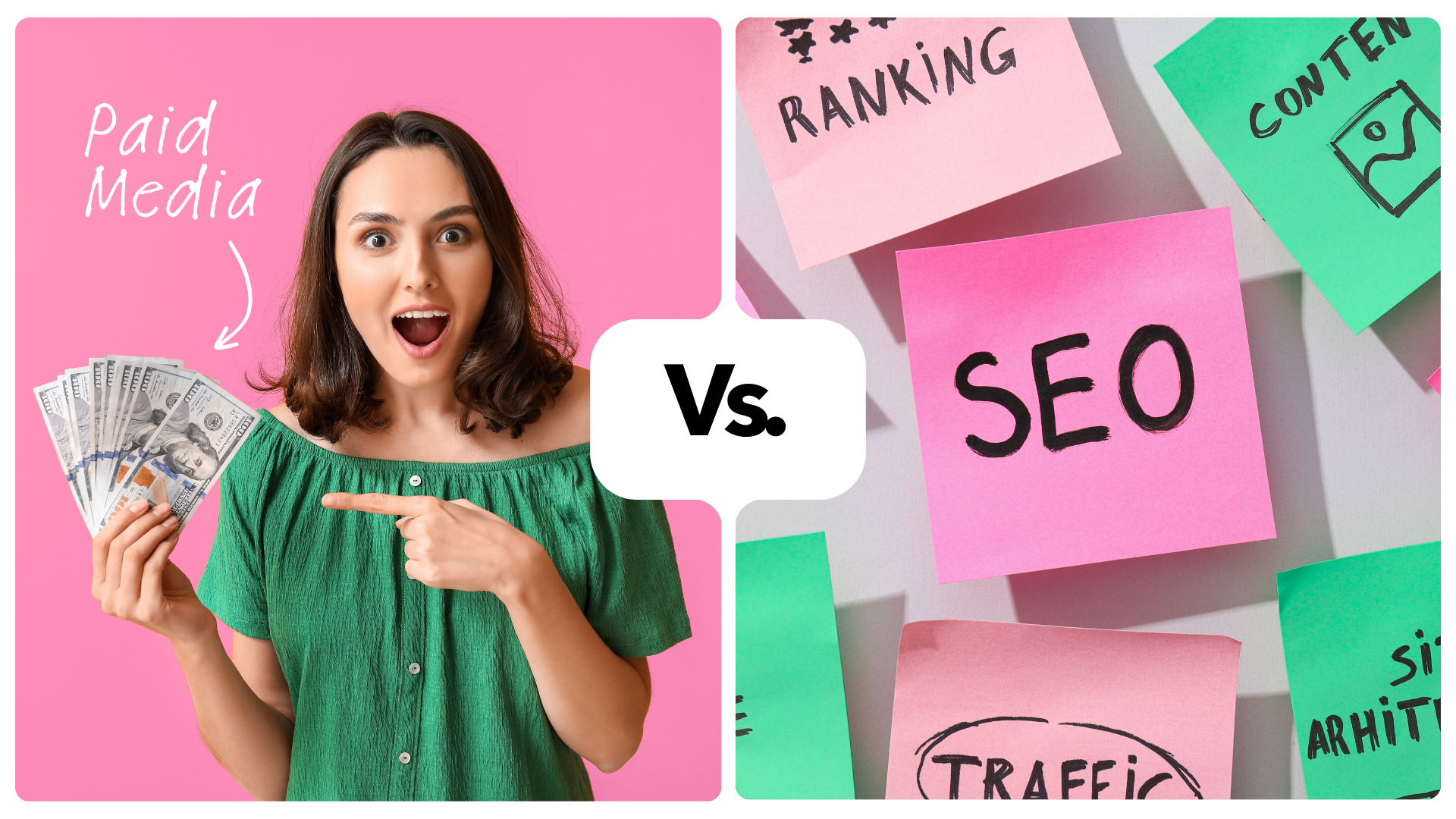
Paid advertising (PPC) refers to paying for traffic and visibility on search engines or platforms. For example, Google Ads lets you bid on keywords so your website appears as a sponsored result. You pay a fee per click (hence “pay-per-click”), buying immediate exposure at the top of search results or on social media feeds. Paid ads deliver quick results – you can launch a campaign and see traffic or sales the same day – but you incur ongoing costs for each visitor.
In contrast, organic growth refers to earning traffic naturally without paying for each click. This is achieved through search engine optimisation (SEO), content creation, and building brand presence. By optimising your site’s content and authority, you rise in the organic (non-paid) search rankings, attracting clicks due to relevance and quality. Organic growth is slower to ramp up; it may take months to rank highly for competitive terms.
However, once established, organic traffic can continue flowing without direct advertising spend. Essentially, paid ads act like a tap you can turn on for instant traffic (at a cost), whereas organic growth is more like planting seeds that grow steadily over time.
Both strategies are not mutually exclusive – in fact, they often complement each other. Many businesses use PPC ads to drive short-term results or fill gaps while their SEO efforts gain traction. Conversely, strong organic visibility can reduce reliance on ad spend by capturing users who click on the regular search results.
But which approach is more sustainable for long-term success? To answer that, we need to break down how each performs in key areas that matter for longevity.
Which Delivers Greater Long-Term Profitability: Paid Ads or Organic Search?
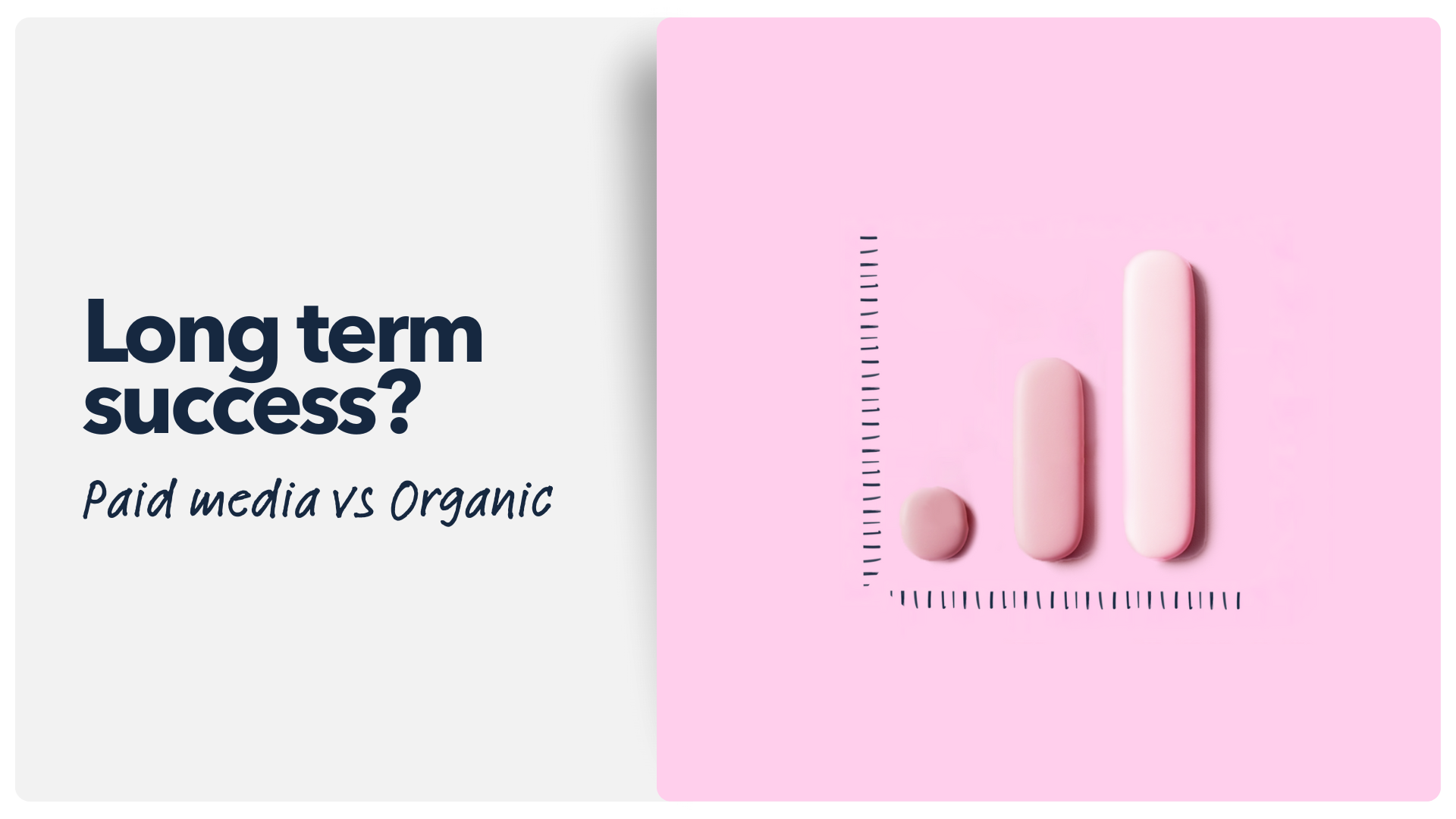
When it comes to profitability, the long-term return on investment (ROI) tends to favour organic search – but with important caveats. Studies indicate that SEO often offers a higher ROI than PPC over time, about 25% greater ROI on average. The reason is that once you’ve invested in quality content and earned good rankings, organic traffic can generate leads and sales for years with minimal incremental cost.
Every additional click from organic search is essentially free, whereas with PPC, every click still costs you. Moreover, SEO-driven customers often have a lower cost per acquisition as your upfront optimisation costs get amortised over the volume of free traffic you continue to receive.
Paid ads, on the other hand, require continuous budget, making profitability more precarious if not managed well. Ad costs can eat into margins quickly, especially as cost-per-click (CPC) rates rise. In fact, global search ad spending is projected to reach $351.5 billion in 2025, and this fierce competition means rising CPCs; simply pouring more budget into PPC doesn’t guarantee better ROI.
If you’re spending £1 on ads only to make £1.10 in revenue, your profit is razor-thin once you deduct product costs and fees. This is why experts increasingly warn that the traditional metric of ad success – Return on Ad Spend (ROAS) – can be misleading.
ROAS looks only at revenue vs ad cost, ignoring expenses like product cost, shipping, or discounts. A campaign might show a handsome 500% ROAS but actually be barely breaking even once all costs are factored. Revenue doesn’t necessarily translate to what’s in the bank. In other words, revenue is vanity, profit is sanity.
The good news is that paid media can be run profitably with the right approach. Salience’s paid media team advocates a profit-first PPC strategy using POAS (Profit On Ad Spend) as the key metric. Unlike ROAS, which ignores costs, POAS measures actual profit per £1 of ad spend after all costs. This method ensures that a PPC campaign isn’t deemed successful unless it’s truly making money. “What’s the point of great-looking metrics if the bank balance keeps shrinking?” By optimising for POAS, campaigns naturally focus on high-margin products and efficient channels rather than chasing revenue at any cost. This profit-driven mindset can dramatically improve the sustainability of paid campaigns.
For example, in Salience’s work with Lee Longlands (a UK home furnishings retailer), refining the paid search strategy for profitability led to a +119% increase in ROI on non-branded campaigns within 3 months, while also reducing cost-per-click by 36%. In other words, they more than doubled return while becoming more cost-efficient – a clear win for long-term profitability.
Organic growth also offers strong profitability, especially once initial investments bear fruit, but it’s not “free” either. You must invest in skilled SEO work, quality content, perhaps digital PR for link-building – these have upfront costs. The payoff is that over time, the cost per click for organic traffic tends toward zero, boosting ROI significantly. One study noted that small businesses often invest 7× more in PPC than in SEO – likely due to the lure of quick wins – yet those who neglect SEO may be overlooking a compounding asset.
SEO’s profitability really shows over the long term: as your content portfolio and domain authority grow, you can attract exponentially more visitors without equivalent increases in cost. Additionally, organic listings build credibility, which can improve conversion rates (a topic we cover later). All told, if you take a multi-year view, a strong organic search presence can deliver some of the highest marketing ROI. But achieving that status takes time and consistent effort, whereas a well-run PPC campaign can drive profit next week if managed expertly.
In summary, organic growth has an inherent edge in long-term profitability since it yields sustained traffic without ongoing ad spend – one reason SEO generally delivers higher ROI over the long run. However, paid ads can absolutely be profitable long-term, too, if you hold them accountable to true profit metrics.
The key is rigorous optimisation: track real margins (via POAS), cut wasteful spend, and double down on campaigns that deliver profit, not just traffic. An unsupervised PPC campaign might become a cash drain, but a profit-first PPC campaign can be a reliable revenue engine for years.
The most sustainable businesses typically leverage both: they harvest “free” organic traffic at a high ROI and supplement it with PPC where it’s profitable. This balance keeps immediate sales flowing while building an asset in organic visibility.
Which Strategy Is More Scalable Over Time?
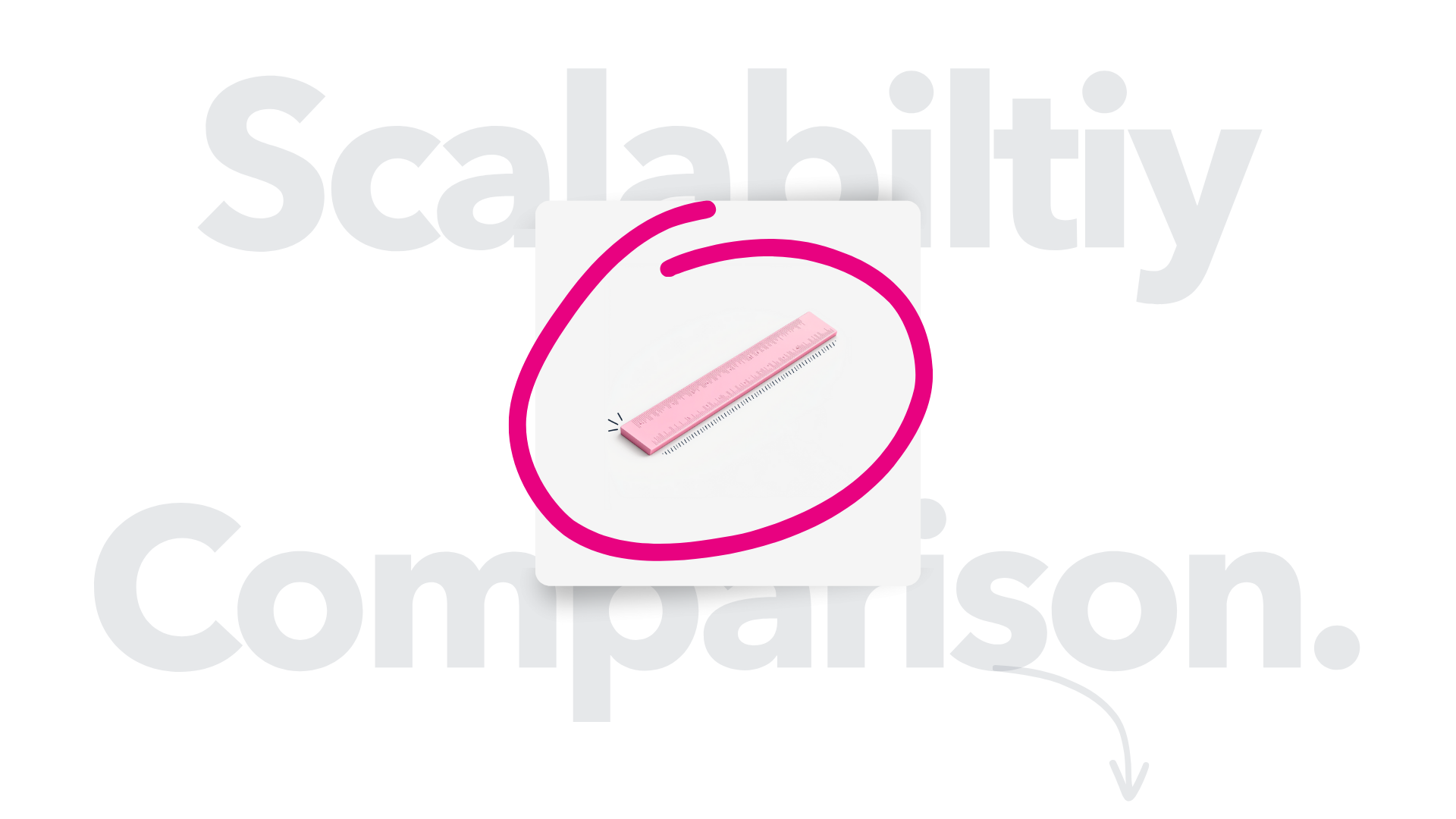
Scalability is another vital factor for long-term success. Can the strategy grow as your business grows? Paid advertising is highly scalable in the sense that you can increase your budget and immediately reach more people – there’s essentially no upper limit other than your budget and the size of your target audience.
If you find a profitable PPC formula, you can often multiply your spend and see commensurate increases in revenue (until you saturate your market). For example, when Salience partnered with Fixings Store (a new e-commerce tool retailer) to build a PPC program from scratch, the company hit aggressive month-on-month revenue targets within 12 months. In Q1 2025 alone, they saw a 147.6% increase in revenue and a 36.9% lift in ROAS, turning a blank slate into a “well‑oiled, scaling paid‑media engine”. This rapid scale would have been difficult through organic tactics in the same timeframe – it showcases how paid media can ramp up growth incredibly fast. As long as ROI remains positive, paid ads offer almost instant scalability: you can launch new campaigns, target new regions, and promote new products literally overnight.
However, scaling PPC needs to be done carefully to remain sustainable. If you simply double your ad spend without monitoring efficiency, you might hit diminishing returns. Rising bids and expanded targeting can drive up your cost per conversion. This is why aligning PPC growth with profit targets is crucial – for instance, setting quarterly efficiency goals like reducing CPC by a few percent while raising ROAS.
As a business scales its ad spend, it must continuously optimise campaigns to keep them profitable at scale. The upside is you have a wealth of data to guide this (each click tells you something), and you can scale in a controlled manner. Many brands do exactly this: once they find PPC campaigns that work, they pour fuel on the fire and use paid media as a growth engine.
Organic growth is slower to scale, but it can achieve a massive scale in the long term. The challenge with organic SEO is that you can’t simply pay more to accelerate the process – scaling here means investing in more content, perhaps expanding into more keyword verticals, improving site capabilities, and earning more backlinks. All of that takes time and effort.
You might publish 100 excellent blog posts over a year and see your organic traffic triple the next year, but there are limits; each piece of content might take weeks or months to fully mature in rankings. Yet, over a horizon of years, SEO has a compounding effect. A single high-ranking page can continuously attract visitors globally, and as you add more such pages, your traffic can grow exponentially. Over 53% of all web traffic comes from organic search, which shows how vast the scale of organic reach can be if you’re a leader in your space.
We’ve seen enterprises that have millions of monthly visitors solely from years of consistent SEO and content work – the kind of scale that would cost a fortune to sustain with paid ads alone. Importantly, organic traffic scale is sustainable in that it doesn’t increase your costs linearly. If your website’s traffic doubles from 50k to 100k monthly visits because of better rankings, you don’t pay twice as much for those extra 50k users (aside from perhaps more server usage). In PPC, doubling traffic would almost certainly double your ad spend.
So, which is more scalable? In the short term, PPC is far more scalable – you can dial it up as big as your wallet allows and as far as the advertising platforms can reach. It’s the only way to go from zero to thousands of visitors immediately.
In the long term, a well-executed organic strategy can scale larger and more efficiently – but it’s constrained by the time and effort required. Ideally, you’d leverage PPC for flexible, on-demand scaling (e.g. during peak seasons or new product launches) and cultivate organic growth for broad, enduring reach. If your goal is to be around and relevant for many years, you ultimately want the kind of always-on presence that only strong organic visibility provides, supplemented by paid campaigns when you need an extra push.
Which Offers Better Data Control and Audience Targeting?
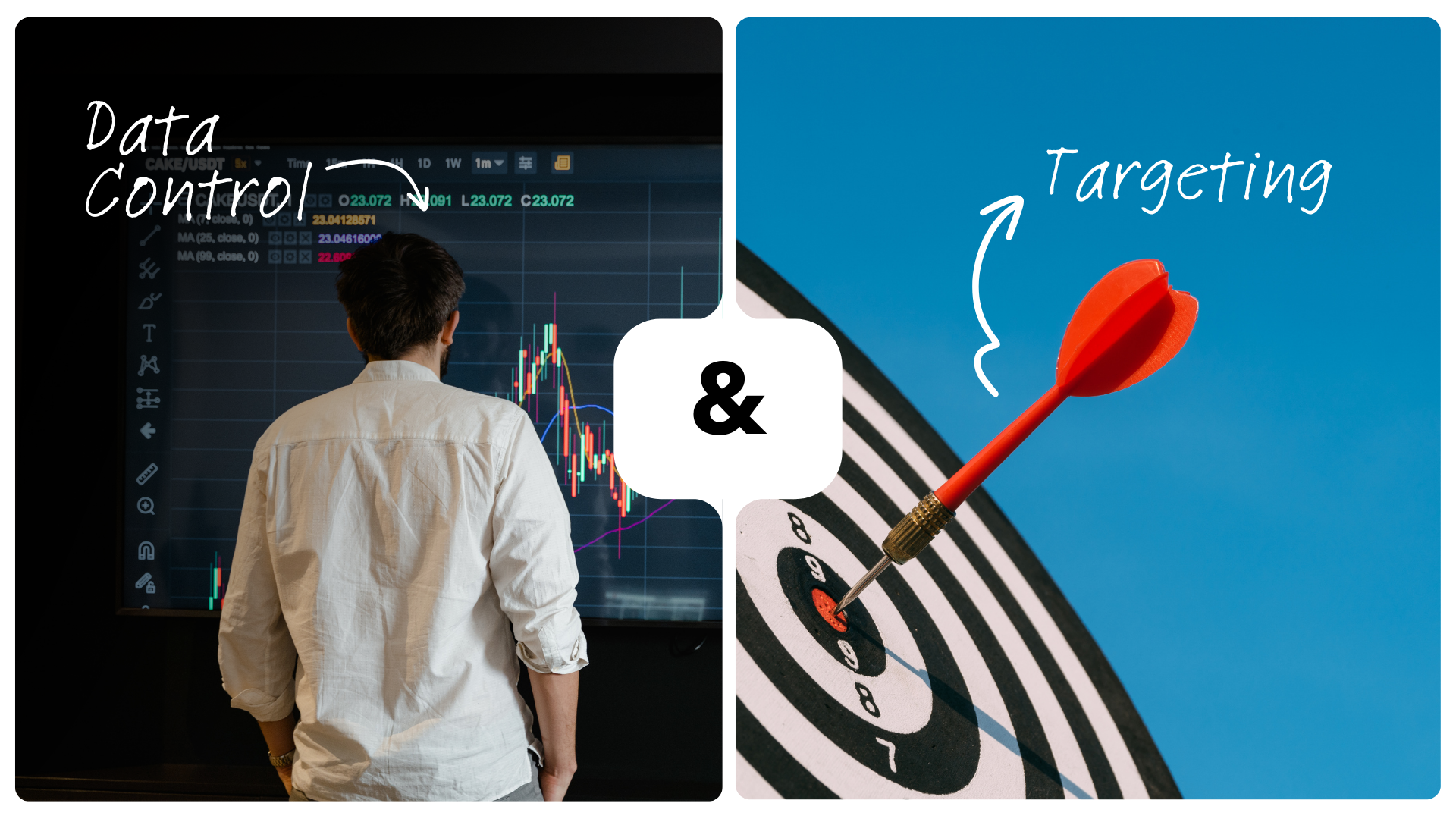
A big advantage of paid advertising is the control and precision it offers. With PPC, you have a dashboard of levers: you choose exactly which keywords to target, which demographics or locations to show ads to, what times of day your ads run, and so on. The data feedback is immediate and granular – you’ll know how many people saw the ad, clicked it, and what they did after clicking (if conversion tracking is in place). This wealth of data means you can measure and optimise continuously.
For example, if a certain search query or audience segment isn’t converting profitably, you can bid less on it or exclude it the very next day. You essentially own the data from your campaigns (impression counts, click-through rates, conversion rates, etc.), giving you clear attribution of results to your ad spend. This level of control is empowering: 75% of brands say PPC is a major driver for their business, underlining how strategic paid campaigns can be when you fine-tune them to your audience.
Organic growth, by contrast, operates in a more opaque environment. You can’t directly choose “I want to rank #1 for X keyword tomorrow” – Google’s algorithms determine that based on hundreds of factors. You also have far less data on organic performance; Google provides some data via Search Console (like which queries lead to clicks), but not nearly the same level of detail as a paid campaign.
Moreover, since organic results are not guaranteed, you can invest effort into SEO and not see proportional results if the search engine decides your content isn’t the top match or if a competitor out-optimises you. Algorithm changes can also affect your organic traffic dramatically and with little warning (one core update can shuffle rankings overnight).
In short, you don’t control the placement – you earn it. This lack of direct control means organic growth is partly a longer-term bet on quality and authority. When it pays off, it’s excellent, but it’s harder to attribute precisely which effort led to which outcome. In terms of targeting, with organic content, you can try to align to certain keywords or user intents, but you cannot segment who sees your result beyond the fact that they typed a relevant query. Everyone sees the same meta title/description in search. In PPC, you could run different ads for different audiences (for instance, show one message to past site visitors and a different one to new prospects) – that level of audience targeting simply isn’t possible organically.
The flip side is that organic traffic is not limited to the keywords you target – it can come from all sorts of related searches once your content is out there. An article you wrote might rank for dozens of long-tail queries you never explicitly optimised for, bringing in a wide array of visitors naturally. In that sense, organic can have a broad reach without you micromanaging every query. But again, you have to relinquish some control to the search engine’s judgment.
From a data perspective, paid campaigns definitely give you more actionable insights. You can calculate exactly your cost per conversion, test ad copy A vs B, and see which landing pages perform best – all relatively quickly. These insights can even inform your business strategy (e.g. identifying which product categories are most profitable to advertise).
With SEO, insights emerge more slowly: you might discern which topics gain traction or what content resonates by looking at organic traffic patterns over months. It’s less direct. As a result, many businesses use PPC data as a testing ground – for example, you might test several keywords via Google Ads to see which convert well, then focus your SEO efforts on the high-converting topics. This synergy uses the strength of PPC’s immediate data to guide the slower organic strategy.
In terms of data control and targeting precision, paid ads win hands down. If having guaranteed visibility to a specific audience at a specific time is critical, PPC is the tool for the job. That control is why advertisers are willing to pay; it buys you predictability.
With SEO, you’re essentially persuading the search engine through great content and technical best practices, but you can’t force its hand. That said, one should note that the landscape is changing – privacy regulations and tracking restrictions (like the move to Google Analytics 4 and loss of third-party cookies) are making data a bit murkier even for paid campaigns. Advertisers must align their metrics with business outcomes (as Salience does with profit metrics) to maintain confidence in their data.
Still, relative to organic, PPC provides far more direct control over your fate. If control is a pillar of sustainability for you, leaning on paid media makes sense – just ensure you’re controlling the right metrics (not vanity metrics, but meaningful ones like profit and lifetime value).
Which Provides Greater Visibility and Trust with Audiences?

Visibility in search can be viewed in two ways: position on the page and user trust. Paid ads occupy the top slots of search results, above the organic listings. This means with PPC, you can instantly gain prime real estate on Page 1 for your desired keywords (as long as your bid and quality score are sufficient). In competitive commercial searches, sometimes the entire first screen on mobile is filled with sponsored results.
Clearly, if you need to be seen immediately, ads guarantee that visibility in a way organic SEO cannot. For a new business with no organic presence, an ad is the fastest way to get on the radar of searchers. In terms of sheer exposure, PPC has the advantage that the top 2–3 ad spots receive about 46% of all clicks on the page. So nearly half of searchers click one of the first few paid links when they appear, which is substantial.
However, there’s a counterpoint: many users inherently trust organic results more than ads. Organic rankings are earned (in Google, they’re seen as the most relevant sites for the query), so users often ascribe higher credibility. Some searchers intentionally skip past the ads, scrolling to the first organic result because they know it wasn’t placed by advertising. This user behaviour is why, despite ads getting their share of clicks, the majority of total web traffic (around 53%) still comes via organic search.
Over the long run, being prominently visible in the organic results can signal that your brand is an authority. Content marketing efforts – like publishing insightful blogs, guides, or tools – can further establish trust and brand affinity. When a customer finds your helpful article through Google, they may trust your expertise and be more likely to convert or remember your brand, compared to clicking a banner ad. In fact, some data has shown that organic leads often convert at a higher rate than PPC leads for certain industries, presumably due to the trust and intent level of visitors coming from organic search.
That said, paid ads can also capture high-intent users and yield great conversion rates. Someone clicking a shopping ad for “buy Sony headphones” clearly intends to purchase, and if your ad appears at that decisive moment, you stand to convert them quickly.
One statistic notes that visitors who arrive via PPC are 35% more likely to convert than those who come via organic links. How can this be reconciled with the earlier point on trust? It likely depends on context: for informational queries or broad research, people trust organic content. But for transactional queries, a well-crafted ad with the exact product and an offer can indeed convert very efficiently. Paid ads also allow you to showcase trust signals within the ad (for example, star ratings from reviews, or “Official Site” messaging, etc.), which can mitigate the inherent scepticism some have toward ads.
Additionally, outside of search engines, paid media on social platforms can build visibility and familiarity for your brand, which indirectly boosts trust (seeing a brand frequently can improve perceived credibility, as long as the messaging is positive).
In the long term, organic visibility tends to be more “sticky.” If you rank highly today and maintain your site well, you might still be prominently visible in a year (barring competitors overtaking you or algorithm shifts). Paid visibility is ephemeral – it lasts only as long as your budget. The moment you stop paying for ads, that visibility is gone. So, from a sustainable visibility standpoint, organic presence has more permanence.
Also, organic content like thought leadership articles, how-to guides, or case studies can continue attracting and educating users, building a relationship that an instantaneous ad click might not. Many brands leverage this by using content to nurture trust over time, then using PPC retargeting to convert those who engaged with the content. It’s another case of the two approaches working hand in hand.
To answer the question: Organic growth generally wins in terms of earning user trust and providing lasting visibility, while paid ads win in terms of immediate prominence and controlled messaging.
A sustainable strategy likely needs both: you want to be visibly present when your audience searches (which might require ads initially), but you also want to cultivate the kind of trusted presence that comes from high organic rankings and valuable content.
Over time, as your organic visibility increases, you may not need to spend as much on buying visibility. But even dominant organic brands often still use PPC for brand defence (ensuring a competitor’s ad doesn’t steal clicks on your brand name) or for promoting new content and offers. The trust factor ultimately leans in favour of organic results – they carry an implicit endorsement from the search engine’s algorithm – and trust is a big component of long-term customer loyalty.
Which Strategy Is More Adaptable to Change?
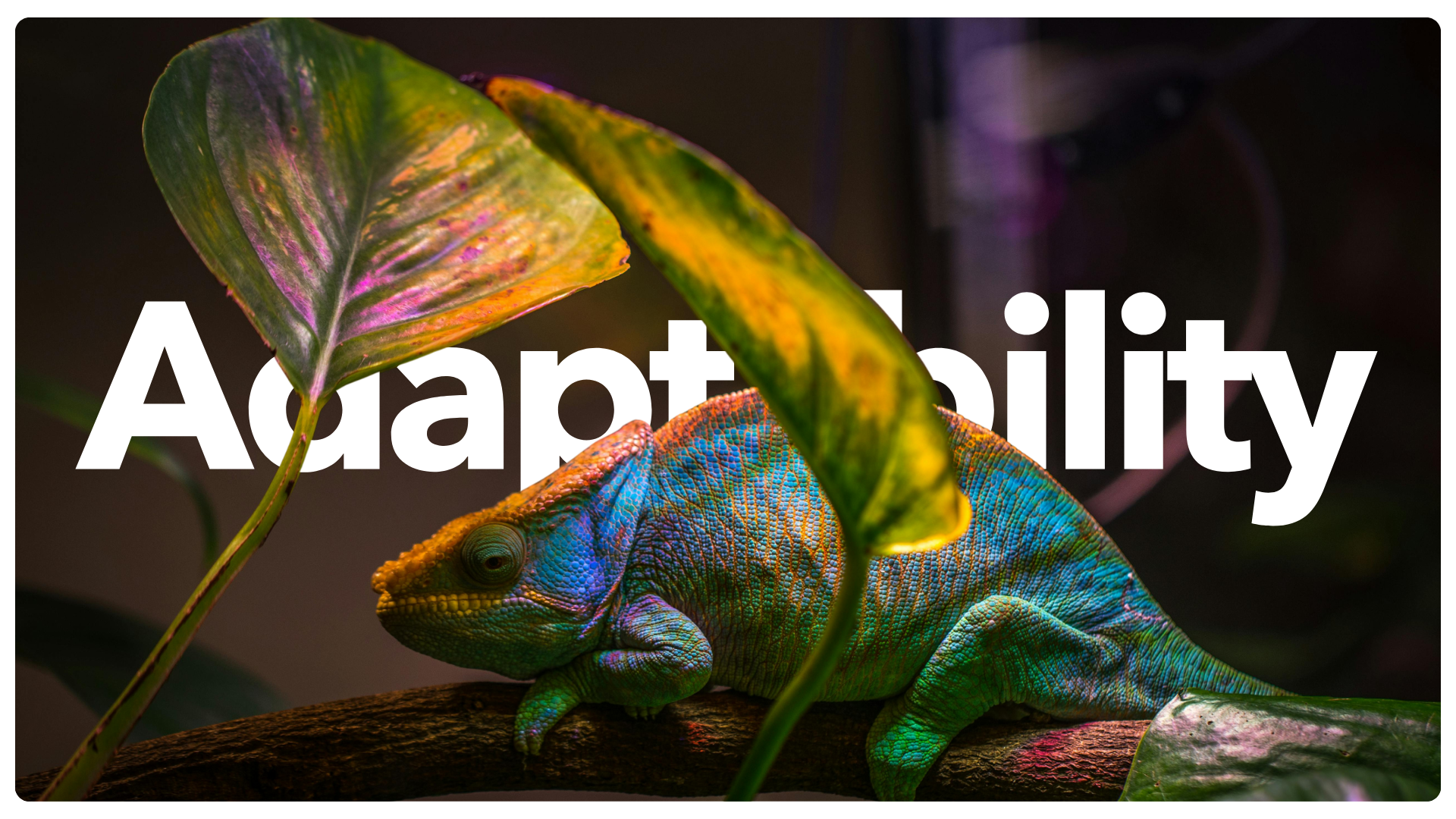
In the fast-changing digital landscape, adaptability can determine long-term survival. Market trends, consumer behaviour, and technology all evolve, and your marketing approach needs to keep up. Here, paid advertising shows its agility. You can tweak and pivot PPC campaigns on a dime. If a new trend or keyword emerges, you can bid on it tomorrow.
If consumer behaviour shifts (say, suddenly everyone is searching for a new type of product), you can create an ad and capture that demand instantly. We saw this agility in action with Salience’s campaign for Funktion Events (an events agency client) during the pandemic. In mid-2020, as live events were halted, the team noticed “hen party” searches were seeing an uplift again once restrictions eased. They rapidly reactivated targeted PPC campaigns, running small tests to gauge if people were ready to book events. The PPC campaigns could be turned on and off as needed, like a faucet, adapting to the volatile situation week by week.
Furthermore, the team quickly pivoted the account to new keywords – for example, promoting “Virtual team building activities” and “virtual Christmas party ideas” when physical gatherings were limited. Tight-knit ad groups were deployed to ensure relevant ads and high Quality Scores, and even ad scheduling was adjusted using scripts to bid only at profitable times of the week. This level of fine-tuning and rapid response is a hallmark of PPC adaptability. The result for Funktion Events was impressive: once demand picked up, the agile paid strategy delivered a 33% increase in leads and a 46% higher conversion rate, all while reducing cost-per-acquisition by 12%.
In fact, the campaigns became so effective that the client had to pause them to avoid overloading their capacity! This example shows how paid media can quickly adjust and exploit changes in the market, delivering results that align tightly with current conditions.
Organic strategy, conversely, is more like steering a ship – adjustments take longer to manifest. If tomorrow a new search query trend arises, you can write a blog about it, but it might be weeks before that blog ranks and captures traffic (if it ranks at all). You can certainly update your website and content in response to changes – and you should – but SEO changes are typically slower to be acknowledged by search engines.
Algorithm updates add another layer of complexity: when Google rolls out a major update, sites might see dips or gains in organic traffic without warning. Adapting to an algorithm change might involve significant content overhauls or technical fixes, which can take time. That said, one could argue that a well-structured SEO strategy is built to weather changes by focusing on quality content and user experience. The sites that do best through Google’s core updates are those that “built their strategy around actual human needs from day one” – in other words, if you consistently follow best practices and focus on users, you won’t need to pivot wildly for every change; you’re inherently more stable.
Still, if an update hurts your rankings, there’s often no quick fix – you have to investigate and improve, and hope to regain position over the coming months. In the meantime, your traffic and sales might suffer.
Paid campaigns face their own changes (new platform features, policy changes, the sunset of old tracking methods, etc.). Still, advertisers typically get tools to adapt (like new bidding strategies or alternate targeting options). And crucially, you can always fall back on spending more or refocusing spend to maintain results in PPC, whereas in SEO, you can’t pay for a quick boost if something changes.
Many businesses that rely heavily on organic have learned to diversify their traffic sources (including using PPC) so they’re not at the mercy of one algorithm update. That approach underscores adaptability: if SEO traffic dips, having active PPC campaigns can compensate in the short term, and vice versa.
From a content perspective, organic marketing can adapt in terms of messaging – you can shift your content strategy to cover emerging topics or user questions. But again, the impact of those changes is not immediate.
On the other hand, ads can be refreshed instantly – you can change your ad copy or creative overnight if you sense the current approach is getting stale or a new competitor angle appears. This makes paid ads very suitable for testing and learning. If adaptability is defined as “the ability to test new ideas and see results quickly,” PPC shines. You can A/B test ads, trial new landing pages, experiment with offers, and get rapid feedback to iterate. SEO also benefits from testing (like A/B testing meta titles or page layouts), but the feedback loop is slower and often less clear-cut due to many variables.
In summary, paid media is more immediately adaptable to external changes or strategic pivots. It gives you the flexibility to respond in real time to market conditions – an invaluable trait in fast-moving markets.
Organic growth is steadier and can be resilient if built on good fundamentals, but it is not as responsive in the short term. Over the long haul, your organic presence can adapt to audience needs by evolving your content, but you always have to think ahead and invest ahead of the curve. A truly sustainable marketing strategy will use PPC’s agility to capitalise on short-term opportunities (or to troubleshoot sudden challenges), while nurturing organic channels as a reliable backbone even as algorithms and trends shift. Having both levers means you can adapt in both the short term (ads) and long term (content), which is the ideal scenario.
Paid Ads vs Organic Growth: Which Is More Sustainable Long-Term?
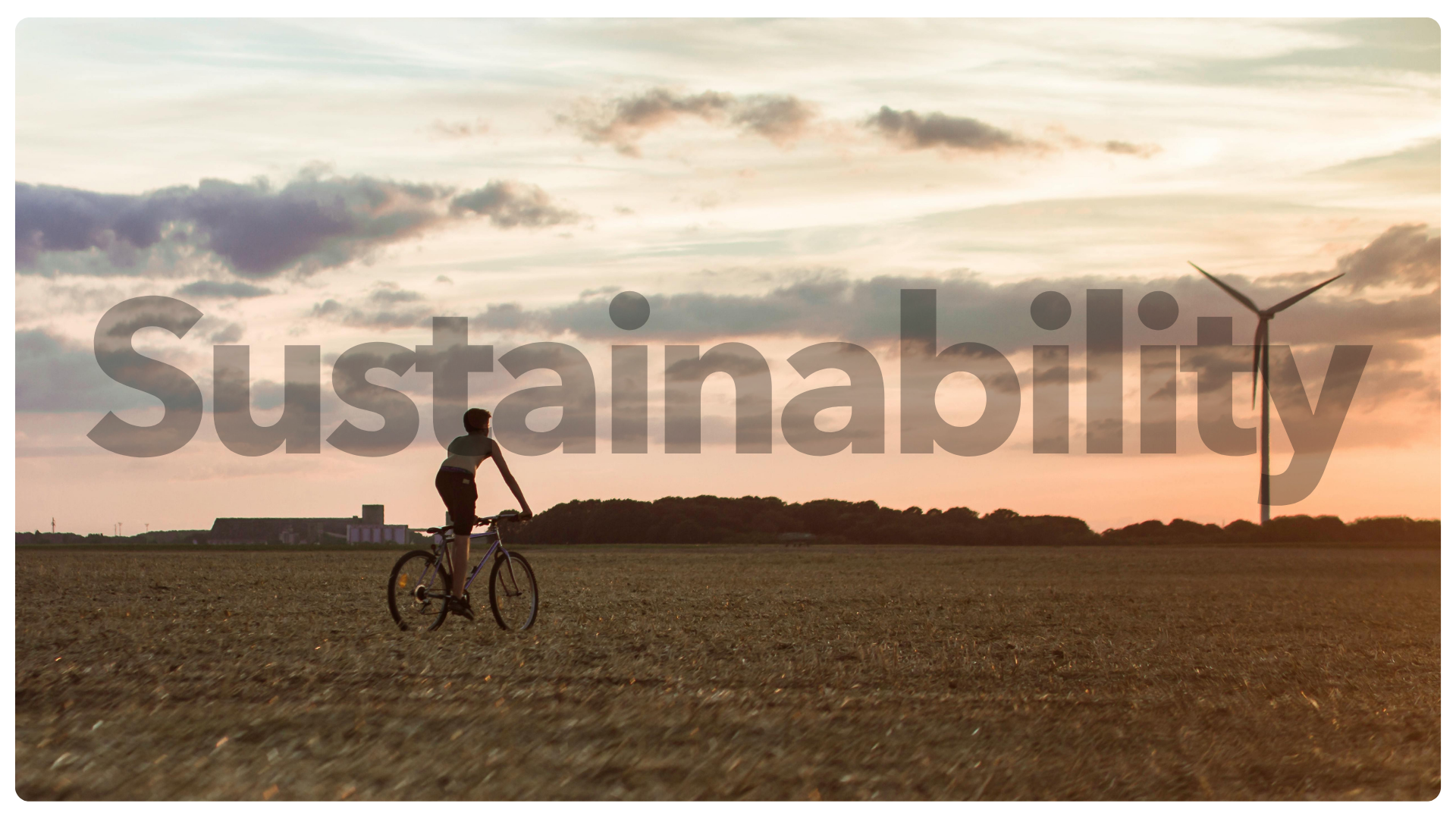
To declare a winner, let’s consider what “sustainable for long-term success” really means. It implies a strategy that can continue delivering results (traffic, leads, sales) year after year, ideally with improving efficiency, and without running into a dead end or untenable costs. By that definition, organic growth has a natural advantage in sustainability: once you’ve achieved strong organic rankings and content that resonates with your audience, those assets can keep generating traffic and revenue with relatively low ongoing costs.
In essence, you build equity in search engines – a kind of digital real estate. This can compound over time; the more quality content and authority you build, the harder it is for others to unseat you, and the more “free” traffic you enjoy. Organic growth also enriches your brand in intangible ways: it builds credibility, brand awareness, and often a community of followers who engage with your content. These are long-lasting benefits that don’t disappear overnight.
Therefore, many would argue that if they had to pick one strategy for sheer long-term sustainability, it would be SEO/content – because a high Google ranking or a viral piece of content can keep paying dividends without requiring proportional reinvestment.
However, before we crown organic as the champion, it’s important to note that paid advertising can be sustainable long-term as well – if approached correctly. The unsustainable way to do PPC is to throw money at ads without regard for true performance, essentially “renting” traffic at ever-increasing prices. That approach will eventually hit a wall when costs outpace returns. But the sustainable way to do PPC is to turn it into a self-funding profit engine.
If every £1 spent on ads consistently yields more than £1 in profit (not just revenue), then there is theoretically no reason you can’t keep scaling and running ads indefinitely. This is exactly the principle behind Salience’s profit-first paid media methodology. By focusing on profit on ad spend and tying ad decisions to the bottom line, PPC becomes not an expense but an investment that grows your business.
As one Salience director put it, “Your paid media approach should be a profit engine in 2025. If not, you’re not getting what you’re paying for.” In other words, when done right, paid ads can continually fund themselves and drive incremental profit, making them as sustainable as any organic channel. Plus, PPC offers the benefit of predictability and control that can de-risk your growth – you’re not waiting and praying for an algorithm to favour you; you’re actively steering your campaigns with real-time data.
Another aspect of sustainability is adaptability to future changes, and here again, a blend of both strategies is prudent. Search engines might change how they display results (for instance, more AI-generated answers or new ad formats), which could impact both paid and organic efficacy. Having strength in both areas means you can flex emphasis if needed. If organic reach declines due to a change in Google’s layout, a robust PPC program can keep you present (and vice versa).
Diversifying within paid (across Google, Bing, social media, etc.) and within organic (SEO, plus perhaps organic social or email marketing) also contributes to longevity. The common pitfall to avoid is relying 100% on one channel. For instance, solely relying on organic Google traffic is risky – one update and your traffic could plummet. Solely relying on paid ads is similarly risky – costs could spike or ads might stop being effective if consumer attitudes shift. Sustainable success usually comes from an integrated approach, where paid and organic efforts support each other.
So, which is more sustainable? If we speak strictly, organic growth is more inherently sustainable because it creates lasting assets (rankings, content, brand goodwill) that continue to yield results without continuous payment. It’s akin to owning a house versus renting – once you own it, you pay less to maintain it than you would to rent anew each month. Paid ads are “renting” attention, which can be incredibly powerful and scalable, but you have to keep paying the rent.
Yet, savvy advertisers turn this rental into a profitable machine that effectively pays for itself and then some. In practice, the most sustainable strategy for long-term success is a harmonious combination of both.
Use organic growth to build a foundation of cost-efficient, trusted traffic, and layer paid advertising on top as a controllable accelerator that you dial up or down as needed. By comparing both channels’ performance and using a profit lens, you can allocate budget to the tactics that yield the best long-term value.
The real winner is the business that can leverage the right mix: capturing the compounding benefits of SEO and the agility and precision of PPC. That approach not only sustains success but also fuels it – making your marketing truly greater than the sum of its parts.
What’s next?
- Want the latest on the state of search in your sector? See our sector reports featuring SEO data on over 4800 brands across a plethora of industries and download yours for free.
- Need hands‑on support with organic? Learn more about our eCommerce SEO service and see how we’re building “search for humans, not algorithms.”
- Does Paid Media deserve some attention? Learn more about our Paid Media service
- Want more content like this delivered daily? Connect with Michael or myself on LinkedIn, where we share regular insights, practical tips, and industry analysis to help you stay ahead of the curve.
